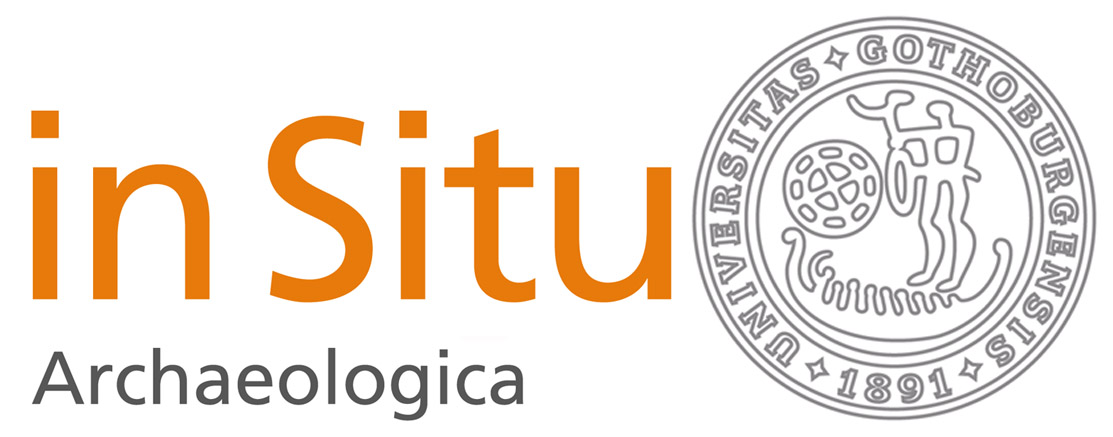Endringer i korndyrking gjennom 3500 år i Sola, Sørvest-Norge
DOI:
https://doi.org/10.58323/insi.v14.9529Abstract
Carbonised cereal grains recovered from settlement structures, field layers and graves have been <sup>14</sup>C-dated, calibrated and are presented in summed probability curves. The cereal grains are recovered from thirteen sites in Sola, Southwest-Norway and cover a time span from 2200 BCE to CE 1200. There is a relatively high amount of cereal grains dated to Late Neolithic and Early Bronze Age, 2000–1400 BCE, and this can be linked to the introduction and duration of two-aisled houses. The amount of cereal grains dated to Late Bronze Age is relatively low, the reason can be an increasing focus on animal husbandry. In Pre-Roman Iron Age, mainly hulled barley ( Hordeum vulgare var vulgare ) was grown and the introduction of intensive manuring has led to an increased amount of <sup>14</sup>C-dated cereal grain. Even though very few cereal grains are dated to around 1100 BCE and CE 600 in Sola and Rogaland, cereal grains are found on at least one excavated site dated to between 2200 BCE and CE 1200.
Nedladdningar
Downloads
Publicerad
Referera så här
Nummer
Sektion
Licens
Copyright (c) 2020 Eli-Christine Soltvedt

Det här verket är licensierad under en Creative Commons Erkännande 3.0 Internationell licens.
Författare som bidrar till In Situ Archaeologica har givit sitt medgivande att publicera sina artiklar under en Creative Commons-licens. Den ger tredje part vissa rättigheter till att nyttja materialet. Rättigheterna styrs av vilken licens verket är publierad under. Det åligger tredje part att sätta sig in i verkets creative common licens innan materialet används i eget syfte. Det är alltid författaren som har copyright till verket och allt nyttjande av tredje part förutsätter att ett tydligt erkännande ges till verkets upphovsperson, att en länk till licensen tillhandahålls.



